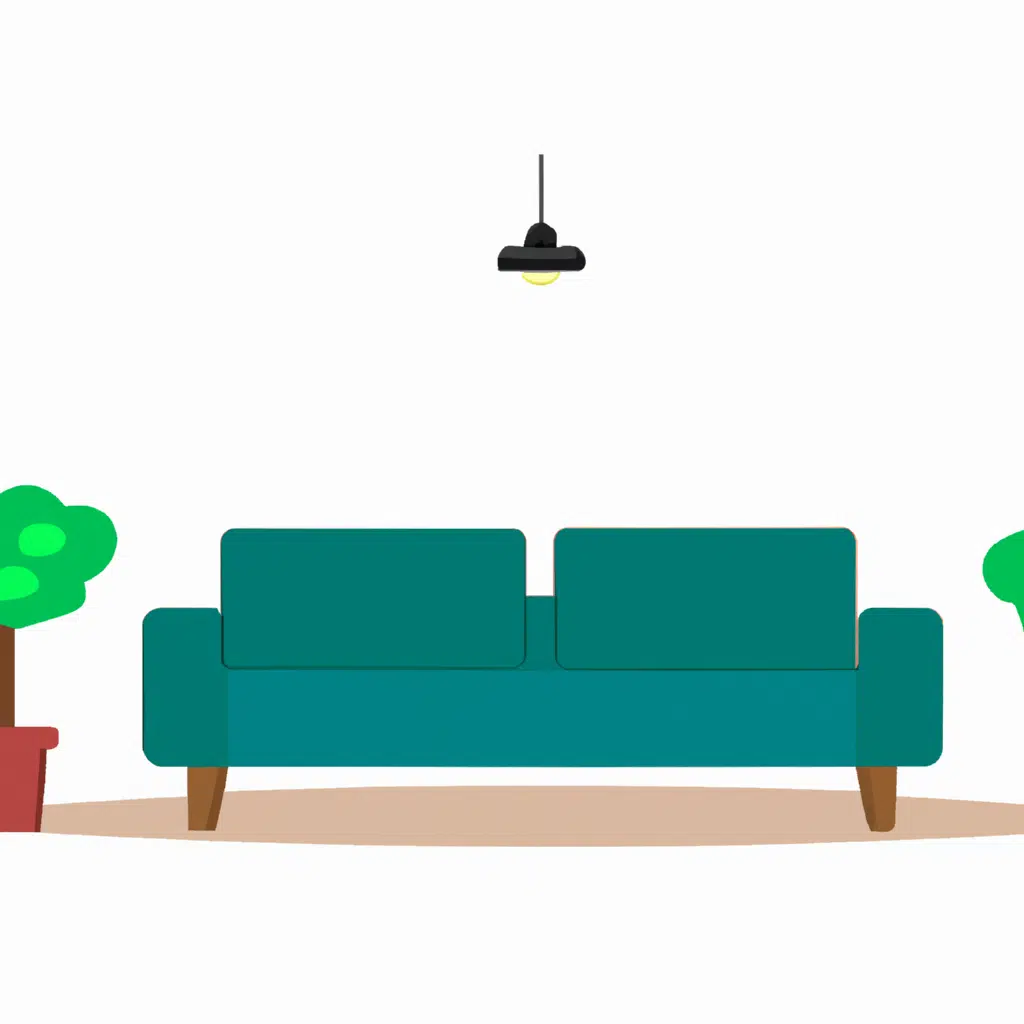
In today’s world, minimalist design has become increasingly popular due to its simplicity and practicality. However, minimalist design is more than just a trend, it has practical applications that can make your home safer and more accessible.
Minimalist design focuses on creating spaces that are functional, organized, and free of clutter. This design philosophy can be applied to all areas of your home, including your living room, bedroom, kitchen, and bathroom. By incorporating minimalist design principles, you can create a home that is not only aesthetically pleasing but also safer and more accessible.
Safer Living Room Design
The living room is one of the most used areas in the home, and it’s important to create a space that is safe and comfortable. Minimalist design can help you achieve this by removing unnecessary furniture and decor that can create hazards. For example, removing a coffee table with sharp edges can reduce the risk of injury in case of a fall.
In addition, minimalist design can help you create a more accessible living room. By removing large pieces of furniture, you can create more open space that is easy to navigate. This can be especially helpful for individuals with mobility issues or disabilities.
Bedroom Design for Safety and Accessibility
The bedroom is another area of the home where minimalist design can be used to create a safer and more accessible space. By removing excess furniture and decor, you can create a clutter-free environment that is easy to navigate. This can be especially helpful for individuals with visual impairments or mobility issues.
In addition, minimalist design can help you create a more comfortable and restful bedroom. By focusing on neutral colors and simple decor, you can create a peaceful environment that promotes relaxation and restful sleep.
Kitchen Design for Safety and Accessibility
The kitchen is one of the most important areas of the home when it comes to safety and accessibility. By incorporating minimalist design principles, you can create a kitchen that is both functional and safe. For example, removing excess clutter from countertops can reduce the risk of spills and accidents.
In addition, minimalist design can help you create a more accessible kitchen. By creating an open floor plan and removing unnecessary obstacles, you can create a space that is easy to navigate for individuals with mobility issues or disabilities.
Bathroom Design for Safety and Accessibility
The bathroom is another area of the home where safety and accessibility are important considerations. By incorporating minimalist design principles, you can create a bathroom that is both functional and safe. For example, removing excess decor and furniture can create more open space that is easy to navigate.
In addition, minimalist design can help you create a more accessible bathroom. By incorporating features such as grab bars and non-slip flooring, you can create a space that is safe and accessible for individuals with mobility issues or disabilities.
Conclusion
In conclusion, minimalist design is more than just a trend, it’s a practical philosophy that can be applied to create a safer and more accessible home. By incorporating minimalist design principles into your living room, bedroom, kitchen, and bathroom, you can create a space that is functional, organized, and clutter-free. Whether you’re looking to create a more accessible home for yourself or a loved one, minimalist design can help you achieve your goals.

